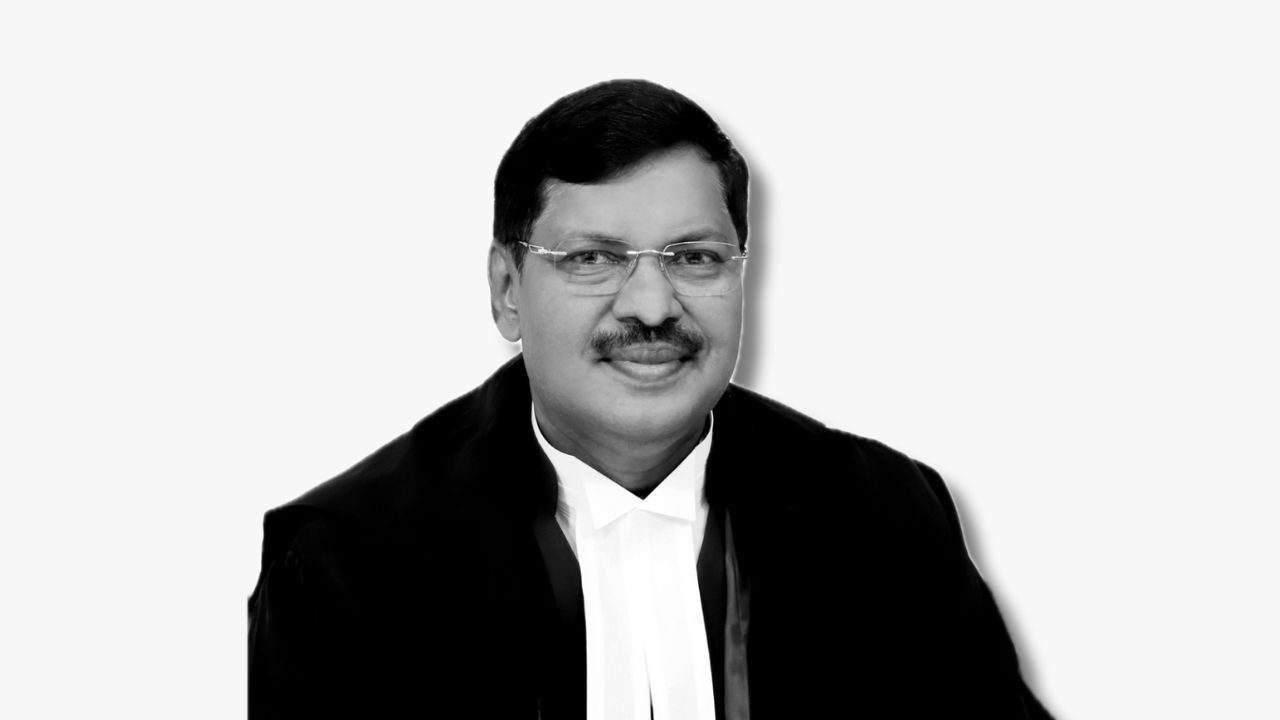The entire legal sororal fraternity owes an apology to Chief Justice BR Gavai for allowing things to come to such a pass. It is about Justice Gavai and our moral, ethical and constitutional responsibility to protect the dignity of his person and the office he holds.
Published Oct 06, 2025 | 10:01 PM ⚊ Updated Oct 07, 2025 | 8:09 AM

Chief Justice of India BR Gavai.
Synopsis: How, and on what basis, might we piece together memories that render the Constitution ‘workable’, ‘flexible’ and ‘strong’ enough to resist the ‘vileness’—in ways that its preambular iridescence lights up pathways to ‘hold the country together’ at a time when dominant political discourse reduces and degrades politics to the fractured banality of shards.
It is with a deep sense of regret and grief that I read the news of an advocate hurling a slipper at the Chief Justice of India in Court 1 of the Supreme Court of India.
The entire legal sororal fraternity owes an apology to Chief Justice BR Gavai for allowing things to come to such a pass. It is about Justice Gavai and our moral, ethical and constitutional responsibility to protect the dignity of his person and the office he holds.
It is about the Supreme Court of India – an institution created to safeguard Article 17 and Article 21 rights in their intersections. What happened today was a derogation of the constitution in an irredeemable manner.
That Justice Gavai dealt with the public humiliation with equanimity and an unparalleled display of dignity of the highest standards is a matter of pride. And yet, can we evade the urgency of a public contemplation on how this has come to pass?
I cannot but draw a parallel between the condemnable utterances of former Chief Justice of India DY Chandrachud and the advocate who hurled the slipper at the sitting Chief Justice today – narrow-minded, self-appointed custodians of faith, both, who speak a common language.
Mr Chandrachud spoke about the “fundamental act of desecration” four centuries ago in the erection of the Babri Masjid, contrary to the observations of the court in the judgement on Babri Masjid.
Today, this lawyer, in the same language of desecration of faith, declares – “sanatan dharma ka apmaan nahi sahega Hindustan” – and hurls a slipper at the Chief Justice of India, in open court while the court is in session.
It is not a mere coincidence that the Chief Justice is Dalit and the humiliation assumes an altogether different meaning within the reading of Article 17.
Which is this Hindustan that Mr Chandrachud and his minion lawyer are speaking about? How have we lost our way so badly, and why are we rendered so totally powerless to stop this deluge from drowning our hard-won gains for freedom, bandhuta and dignity?
What can the police do but take the man away and “investigate”? What are they going to investigate? What will they find? And what action can they take? This rot has seeped into public consciousness.
We need an upsurge of resistance to defeat this vileness – that Babasaheb Ambedkar spoke about:
‘I feel that the Constitution is workable; it is flexible and it is strong to hold the country together, both in peace… and in war… Indeed, if I may say so, if things go wrong under the new Constitution, the reason will not be that we had a bad Constitution. What we will have to say is that man was vile’
How, and on what basis, might we piece together memories that render the Constitution ‘workable’, ‘flexible’ and ‘strong’ enough to resist the ‘vileness’—in ways that its preambular iridescence lights up pathways to ‘hold the country together’ at a time when dominant political discourse reduces and degrades politics to the fractured banality of shards: tukde tukde narratives or ‘vile’ conduct? This vileness is an intentional subversion of the Constitution.
Lawyers across the country, together, must stand with Justice BR Gavai, in defence of the Constitution of India, which stands imperilled today as never before.
(Edited by Dese Gowda)
